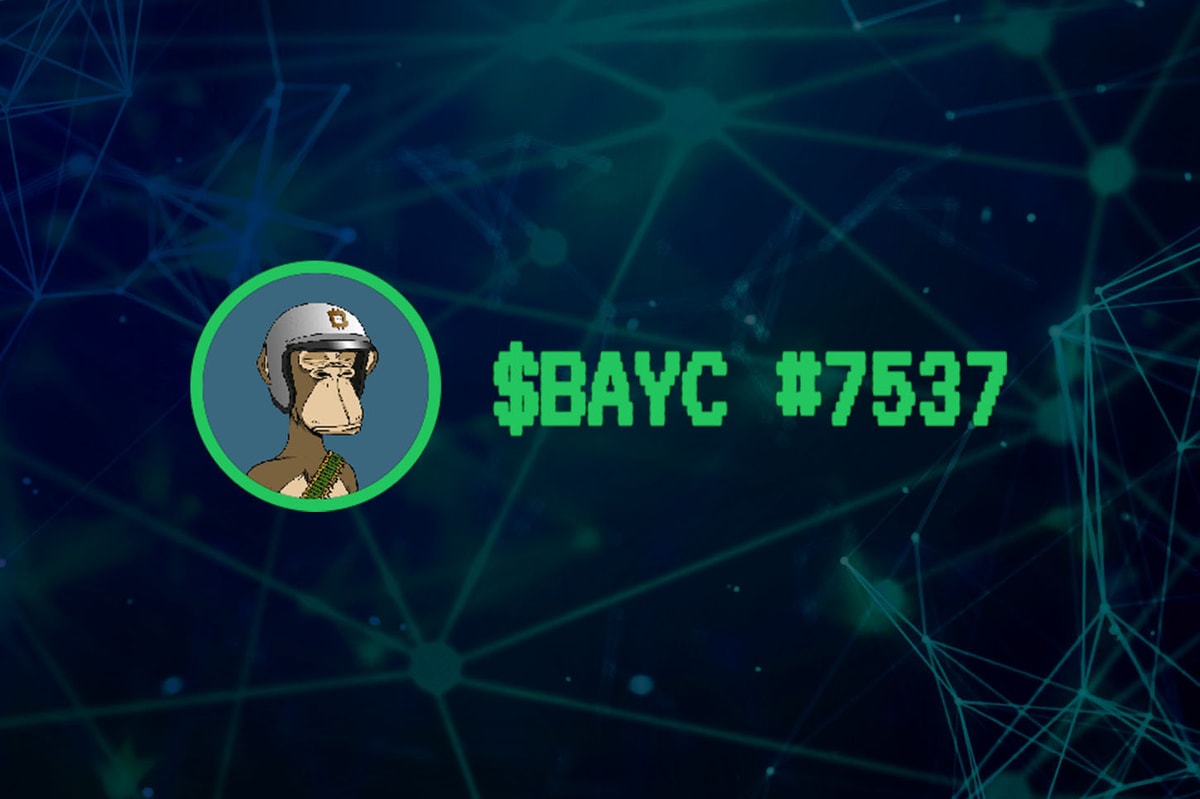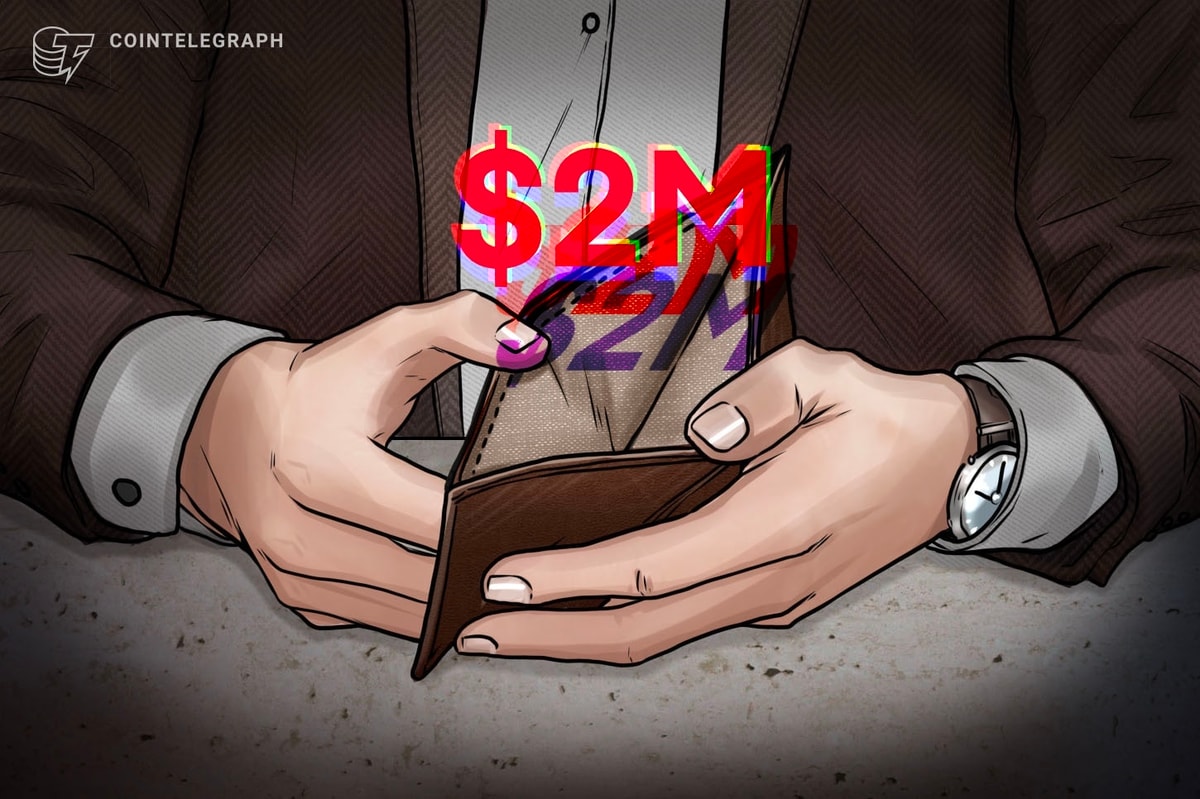Some FTX customers are objecting to the troubled exchange’s Dec. 16 proposed bankruptcy plan, stating that it violates their property rights and sells their assets to pay off third-party creditors, including the United States government.
On June 19, a representative of the FTX customers told Cointelegraph that they wanted their cryptocurrency returned to them instead of being paid a cash balance, stating: “We never gave FTX our coins.” A May 9 Los Angeles Times report had previously said that “nearly all customers of FTX will get their money back, plus interest” if the bankruptcy plan is approved.
The objection to the plan comes from the FTX Customers Ad Hoc Committee, a group formed to represent the interests of FTX customers in the bankruptcy case.

In a June 19 conversation with Cointelegraph, committee board member Sunil Kavuri claimed that the bankruptcy plan violates creditors’ property rights.
According to him, the FTX case is often compared to that of crypto lending firm Celsius and its bankruptcy. However, Kavuri believes this comparison is incorrect, saying that “the key difference with Celsius is the terms of service.” While Celsius customers signed over the title to their crypto when they agreed to the terms of service, FTX customers never did this. As a result, the funds remain their property, he claimed. “We never gave our coins to FTX,” Kavuri stated. “If we don’t give [the] title of our coins to FTX, [then] FTX is obligated to return those coins.”
Kavuri also claimed that FTX is attempting to sell customer assets to pay back its unsecured creditors. These creditors include the U.S. government, amongst others. “They're overpaying IRS fines and CFTC fines. […] Why should victims be paying these fines?” he asked rhetorically. The exchange has also used customer funds to pay back Alameda lenders such as Genesis and Binance, he argued, stating that Binance “is walking off with like $1.2 billion, which was customer deposits [FTX] used to pay for the Binance stake.”
Kavuri’s view contrasts with the FTX estate's, which reportedly said the plan would allow customers to receive everything they are owed. According to a May 9 Los Angeles Times report, FTX claimed that “nearly all customers of FTX will get their money back, plus interest,” if the plan is approved. All customers owed less than $50,000 “will get about 118% of their claim,” the report stated.
Kavuri denied that customers would be made whole under the plan. He argued that the exchange does not have a legal basis to pay back customers using cash and must return their property, the cryptocurrency itself, rather than selling the crypto at a profit and keeping some of the profits for itself or third parties:
“You can’t just say, oh, it’s stolen, and it’s gone. I mean, that’s not how the law works. […] You can’t be like, ‘We don’t have it, [...] so we’re just going to give you back the price at which we stole your coins, and we’re going to keep that extra profit for ourselves, [...] using it to pay themselves and also pay [...] Alameda lenders and also government fines.’”
On June 5, Kavuri and other customers filed a motion to stop the bankruptcy plan from being offered up for a vote. According to the motion, the plan assumes customers’ cryptocurrency belongs to the FTX estate and “ignores [...] whether the assets the Debtors seek to distribute through the Plan are actually property of the Debtors’ estates.”
The motion asks the court to reject the plan’s disclosure statement on the grounds that the plan is “unconfirmable as a matter of law.” If the disclosure statement is rejected, it would mean the current version of the plan is rejected.
On Dec. 16, 2023, the FTX estate filed a proposed order to approve the disclosure statement for the bankruptcy plan. The estate disclosed the plan itself on May 7, and a hearing to approve the statement is scheduled for June 25.

If the plan is allowed to go forward, the deadline for voting in favor or against it will be Aug. 16 at 8:00 pm UTC, according to a more recent version of the proposed order.
Some FTX customers have stated that they support the bankruptcy plan, arguing that it will allow customers to receive at least some of their funds back quickly. In a response to a post from Kavuri, X user Sgd claimed that the customers should support the plan since their property can’t be returned anyway.
“I still fail to understand how you want them to return 1:1 cryptos when they simply didn’t have them,” Sgd stated. “There is no money to return 1:1 crypto, there wasn’t even 1% of BTC deposits in BTC.” In another reply, they predicted the plan would be approved: “I believe plan will go through because 98% of creditors in the convenience will vote yes, so they’d just need another class to accept it. [...] People just want their $ back, so 119% is fine for most of them.”
Property rights is not the only issue being fought over in the FTX bankruptcy case. In February, FTX customer Edwin Garrison launched a lawsuit against the firm’s legal representatives, Sullivan & Cromwell, alleging it profited from the exchange’s fraud. An independent examiner concluded on May 24 that there was not sufficient evidence to prove the law firm knew about the fraud. According to a June 4 report from Law.com, the examiner has now ordered a second investigation into the law firm’s activities.
The Customer Ad-Hoc Committee and the estate are also fighting over assets seized by former CEO Sam Bankman-Fried during his criminal trial.
The closure of FTX was one of the most spectacular crypto exchange collapses in history. An estimated $8 billion in cryptocurrency was lost when the exchange stopped processing withdrawals. Bankman-Fried was subsequently convicted of fraud and sentenced to 25 years in prison for his role in the exchange's bankruptcy











